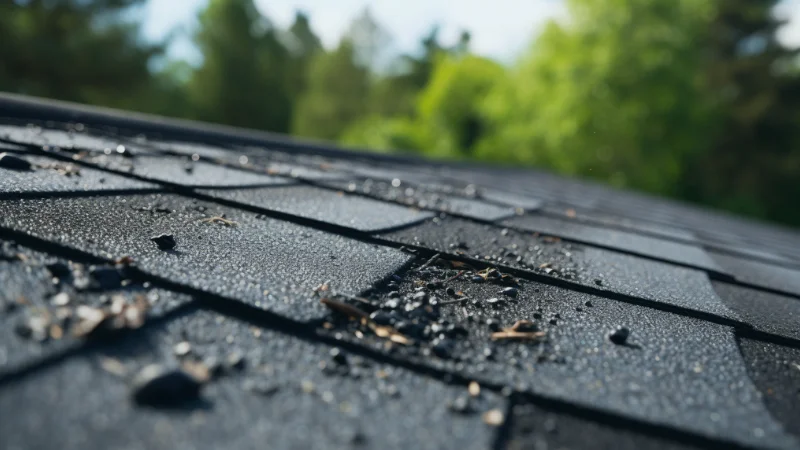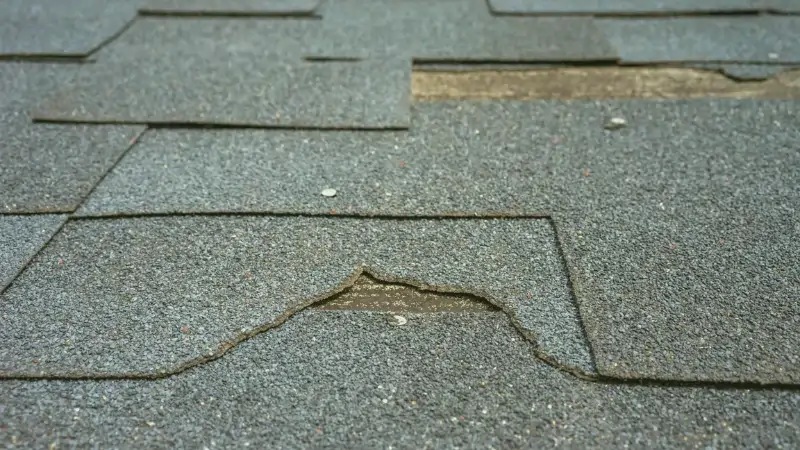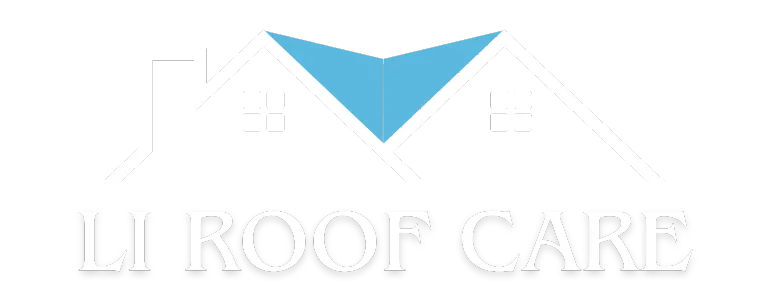How to Repair Granular Loss on Roof Shingles
Granular loss means the tiny rocks on your asphalt shingles start coming off. These rocks keep the sun from hurting the shingles and help with fire safety. When they go away, your roof can get damaged faster by water or heat.
So, this problem how to repair granular loss on roof shingles can make your roof wear out quicker than it should. Many people see it after bad weather or when the roof is old. Taking care of it right away keeps your home safe and dry.
You might find piles of these granules in your gutters. That’s a sign something’s wrong up top. Fixing it helps your roof last longer.
What is Granular Loss and Why It Matters
Those small granules cover asphalt shingles to block harmful rays from the sun. They also make the roof less likely to catch fire. But over time, if they fall off, the shingles can split or bend.
Besides that, without granules, rain and wind hit the bare spots hard. Your house might feel hotter or colder inside because of it. Checking your roof often lets you fix things before they get bad.
On top of everything, skipping repairs could cancel your roof’s guarantee. Companies want you to keep up with care for that protection. Handling granular loss well guards your home for years.
Common Causes of Granular Loss

Different things make granules fall off roofs. Weather is one big reason they wear down. Installation problems or hits from stuff can do it too.
For example, as time passes, the hold on granules weakens. Strong winds speed this up a lot. Learning about causes helps you stop it next time.
Plus, bad materials play a part sometimes. People walking up there add to the trouble. Each cause needs its own fix.
Natural aging and weather exposure
Roofs age, and sun rays make the glue for granules break down. Then, water and air carry them away bit by bit. Places with lots of sun have this happen more.
Also, hot and cold weather makes shingles grow and shrink. That loosens the granules even more. After many seasons, you see bare areas show up.
Poor installation or defective shingles
Shingles put on wrong lose granules too soon. Too many nails or too few mess up how they sit. Some shingles come faulty from the factory.
In addition, if stored badly before use, they weaken. Picking good brands cuts down on these issues. Check everything before starting the job.
Hail, heavy storms, or debris impact
Big hail knocks granules right off the top. Storms bring wind that throws branches or trash at the roof. Nearby trees make this worse with falling limbs.
Moreover, snow and ice in cold months scrape them during thaws. Look up after bad weather for missing spots. Acting fast stops leaks from starting.
Foot traffic and maintenance damage
Stepping on the roof squishes granules under your shoes. Dropping tools scratches them off too. Try to stay off unless you have to.
Furthermore, wear soft shoes if you go up. Let experts handle tough spots. Being careful keeps the covering in place longer.
How to Spot Granular Loss on Your Roof

See if shingles look shiny or dark in places. Granules often end up in drains or on the ground. Rain washes them down where you can spot them.
From below, use a tool to look close without going up. Bald patches feel smooth unlike rough good ones. Catch it soon for simple fixes.
If safe, go up and touch the areas. Match them to healthy parts nearby. Take notes or photos for later help.
Repairing Granular Loss on Roof Shingles
Figure out how bad the loss is first. Small spots need glue and new rocks. Big damage means swapping out shingles.
Get your stuff together before you start. Wear safety items to climb up. Do each part in order for good work.
Stay safe and work on dry days. Test small areas if unsure. This way, your fix holds up well.
Tools and Materials You’ll Need
Grab a strong ladder and tie-off gear for safety. Gloves keep your hands clean. Roofing glue or cement sticks things back.
A flat knife spreads it even. Soft brushes sweep away dirt. Cover the yard with sheets to catch drops.
Step 1: Identify the Damaged Shingles
Hunt for places without granules. Draw on them lightly to remember. Count how many and how big.
Then, look at shingles around them for other troubles. Fix loose parts that caused it. This stops the same thing happening again.
Step 2: Clean the Area for Proper Adhesion
Brush off any loose bits gently. Don’t blast with water or make it worse. Wait until it’s all dry.
Next, clean with a wet rag if dirt sticks. Good clean spots let glue grab better. Your roof repairs in Long island lasts longer this way.
Step 3: Apply Roofing Sealant or Cement
Put a light coat of glue on the empty spot. Smooth it with the knife. Do one bit at a time.
After, push it into any little breaks. Let it get tacky before more steps. Read the can for right use.
Step 4: Add New Granules or Replace Shingles if Needed
Shake on granules that match the old ones. Pat them down soft. Brush extras away when dry.
For big harm, pull up the bad shingle. Put in a new one that looks the same. Nail it and glue sides.
Step 5: Seal Edges and Check Your Repair
Add more glue around the fixed part. It blocks water from sneaking in. Make it flat and tidy.
Then, look over everything once dry. Poke lightly to test strength. Watch it in coming weeks for problems.
When to Call a Professional Roofer
Big areas of loss need expert eyes. They use special gear to check deep. You might miss stuff underneath.
For high or slanted roofs, don’t risk a fall. Pros keep your guarantee good too. Their skills make repairs strong.
Prices differ, but they save you from worse costs. Ask a few licensed ones for prices. Pick from good feedback.
Preventing Granular Loss in the Future
Check your roof every spring and fall. Cut back trees that hang over. Put screens on gutters to see granules easy.
Also, pick strong shingles when changing. Good air flow cuts heat damage. These things help your roof stay good.
Don’t climb up without reason. Fans in the top space control temps. Steady work keeps everything together.
Final Thoughts: How to Repair Granular Loss on Roof Shingles
Your roof keeps your house worth more. Fix granule loss quick to save cash. Easy routines help a lot.
Nature hits roofs every day. Keep watching and mending. You get peace and safety back.



